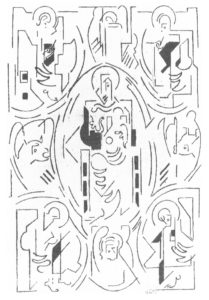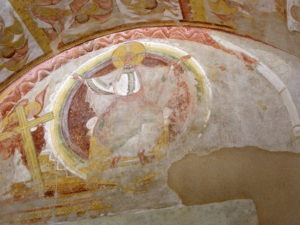I have a new article published in the Orthodox Arts Journal – From Cubism to the Romanesque (to the Orthodox icon?). It follows on from my previous piece about the attempt of Charlemagne and his court to attack the Seventh Ecumenical Council and the veneration of icons. In that article, drawing on the arguments of the Cubist painter, Albert Gleizes, I drew a distinction between ‘rhythmic’ art and figurative or imitative – representational art. For all its stylisation and ‘abstraction’ the icon is a representational art, it embodies a ‘likeness’ to the Person represented. The question then is what role if any an essentially rhythmic approach, such as was, or may have been, embodied in Romanesque art, can play.

A ‘rhythmic’ Christ in Glory surrounded by the Evangelists by Albert Gleizes.

A Romanesque Christ in Glory (St-Savin-sur Gartempe)
Peter

Recent Comments